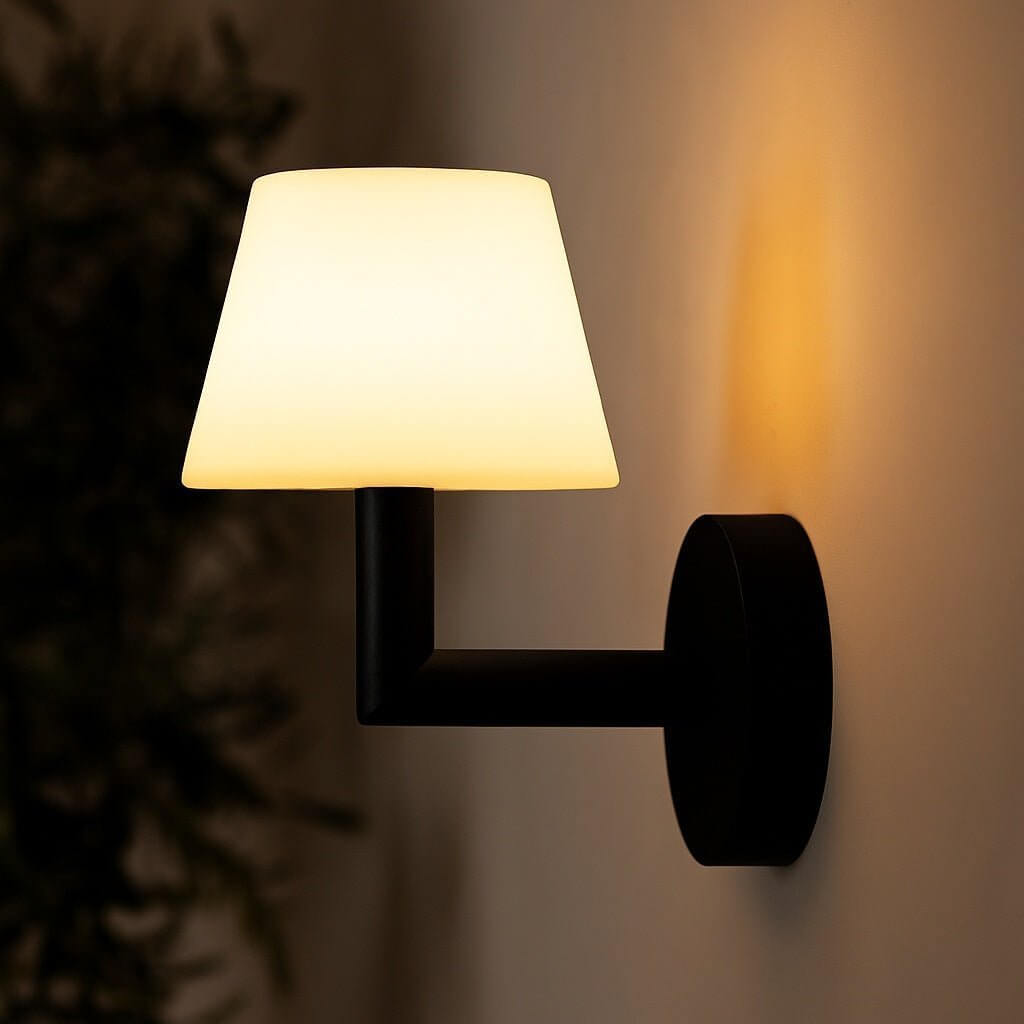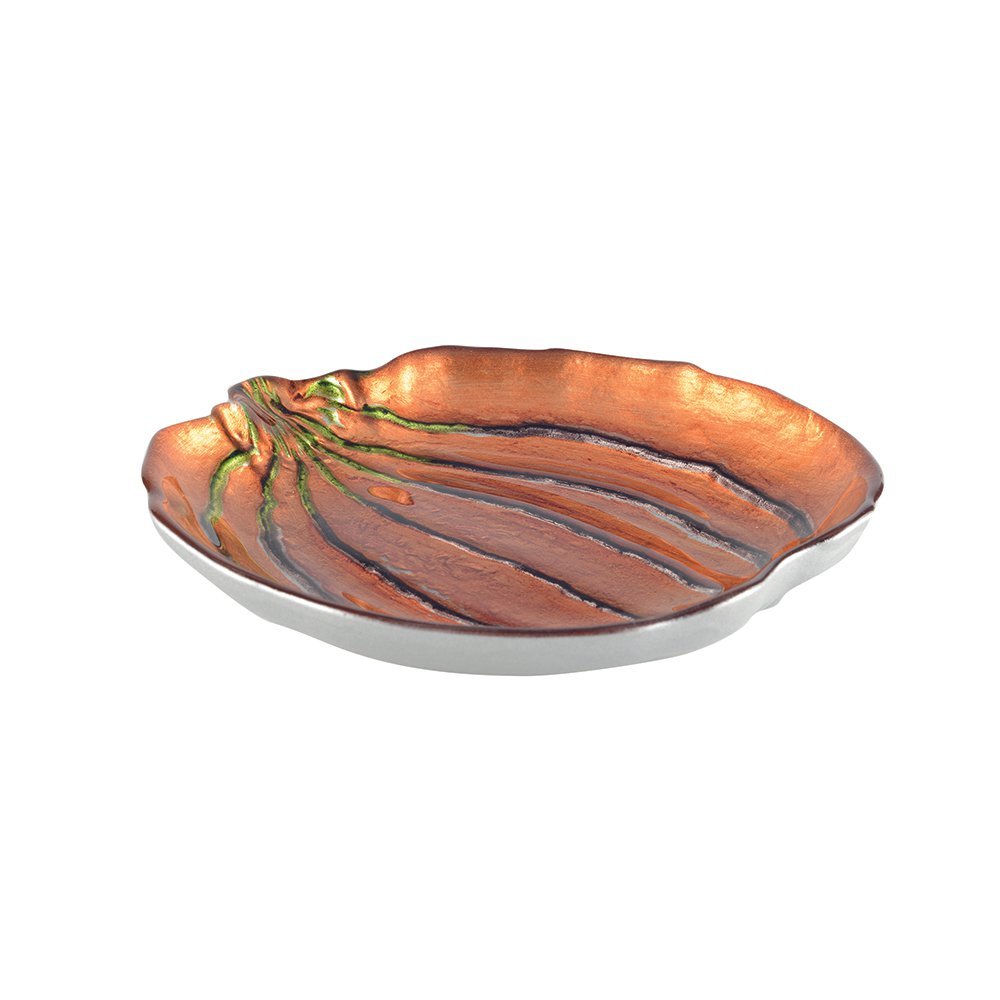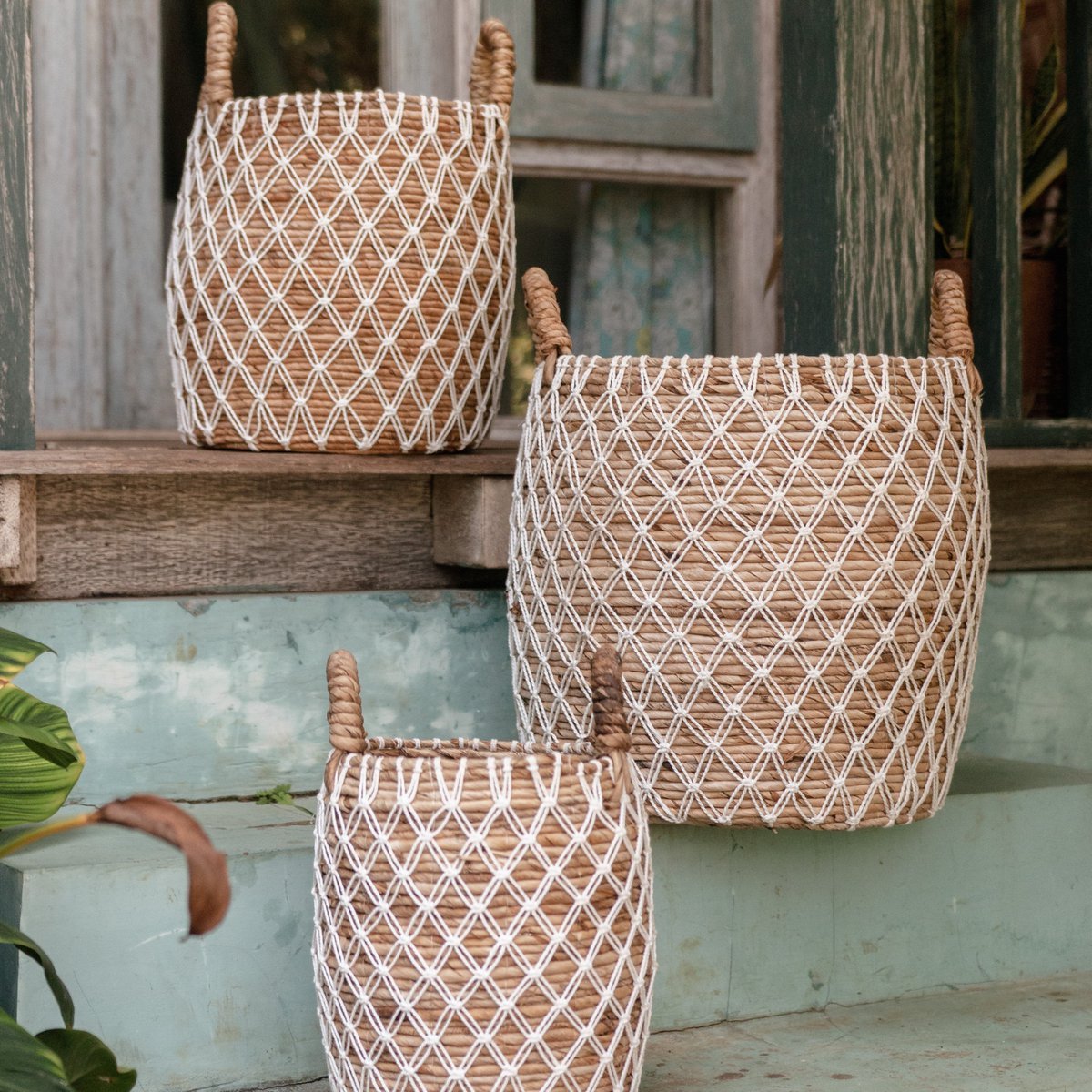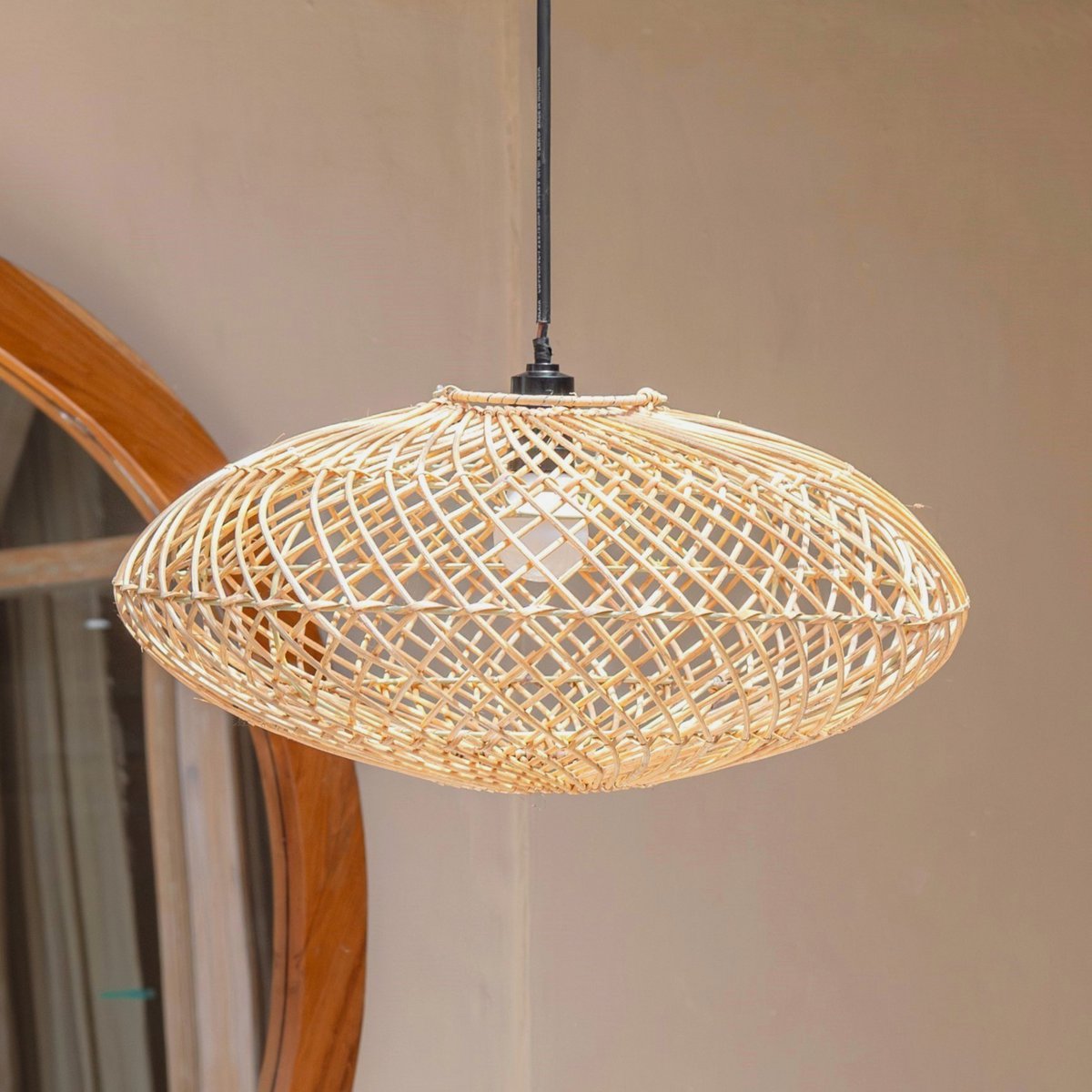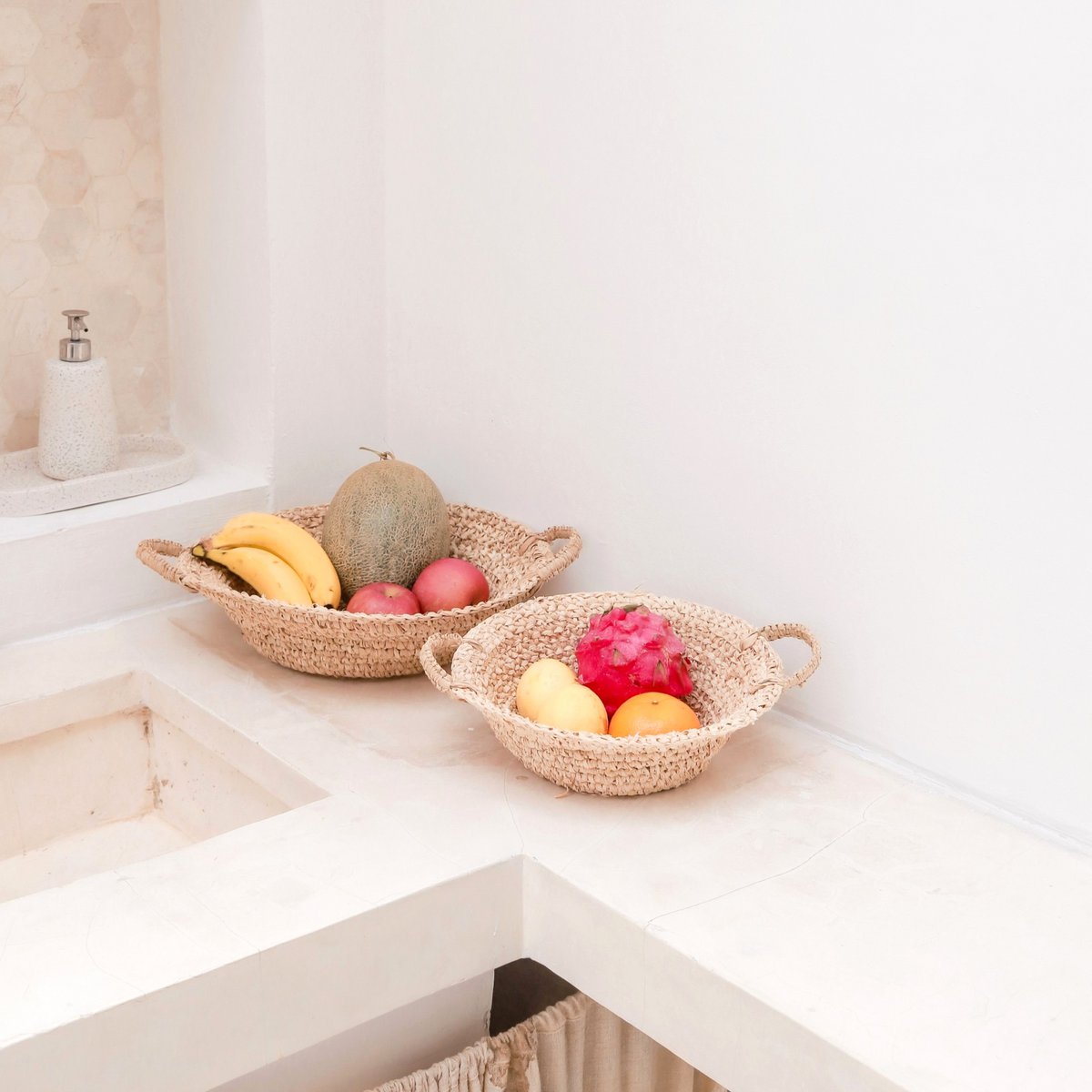Product description
Natural Elegance for Your Table and Home
Enhance your living space with the Raga raffia basket - a beautifully handcrafted bowl that exudes warmth and simplicity. Its soft, sun-bleached tone and fine weave bring natural charm to any interior. Whether used as a fruit bowl in the kitchen or a bread basket at the dining table, Raga instantly elevates everyday moments with organic beauty.
Handwoven Craftsmanship with a Light, Airy Feel
Each handcrafted raffia bowl is woven with care from high-quality raffia fibers, naturally bleached under the tropical Indonesian sun. The result is a lightweight yet durable basket with a bright, elegant tone. Every piece showcases subtle variations that highlight its handmade artistry and give your home a truly unique touch.
Versatile Style for Every Occasion
The multi-purpose woven basket blends functionality with creativity. Use it to display fruit, bread, or decorative items, or even hang it as a stunning wall accent. Available in two sizes - Small (28 × 10 cm, 0.15 kg) and Medium (37 × 10 cm, 0.17 kg) - Raga adapts effortlessly to any setting while adding natural warmth to your decor.
Sustainably Sourced from Natural Raffia
The eco-friendly raffia basket is made from the leaves of the Corypha utan palm, a renewable plant that sheds naturally every two years. The collected leaves are sun-dried and woven by hand, creating a soft yet sturdy texture. This sustainable process supports local craftsmanship while keeping your home beautifully connected to nature.
Specifications
- Material: 100% Natural Raffia
-
Sizes:
- S – Ø 28 cm × H 10 cm; 0.15 kg
- M – Ø 37 cm × H 10 cm; 0.17 kg
- Features: Handwoven, lightweight, sustainable, multi-functional design
- Style: Boho / Natural / Minimalist
Each of our products is a unique handcrafted piece, and slight variations in size, color, and shape may occur due to the artisanal process and the natural character of the materials.
- Choosing a selection results in a full page refresh.
- Opens in a new window.

